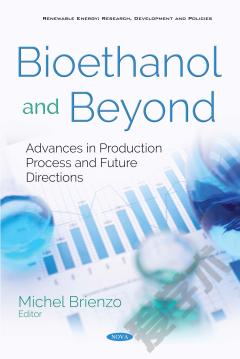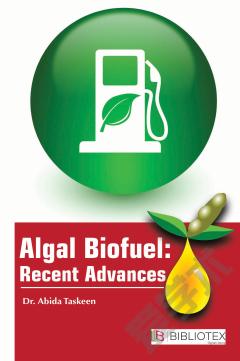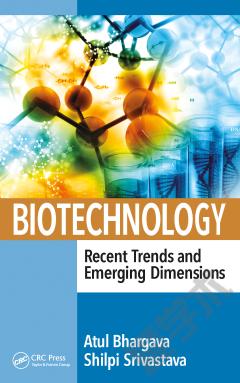Bioactive Compounds in Wine: Recent Advances and Perspectives
This book addresses the role of bioactive compounds in wine and their beneficial or harmful effects on human health. The presence of bioactive compounds in wine is related to several factors like grape varieties, agroecological conditions of vineyards (terroir), the vinification process, special winemaking procedures, microbial metabolism related to the fermentative process, and other additional procedures like aging. Some bioactive compounds of wine, like peptides and phenolic compounds, are associated with beneficial effects on human health. However, another group of bioactive compounds can produce negative effects in health, like biogenic amines and mycotoxins. In general, bioactive peptides in wine derive from enzymatic microbial hydrolyses of grape proteins, yeast autolysis and bacterial nitrogenous metabolism on protein or poly-peptidic substrates. In wine, several recent studies address the role of peptides in the antihypertensive and antioxidant activities. However, wine polyphenols are considered the main responsible molecules present in wine to have beneficial effects on cardiac health and atherosclerosis, including neurological and carcinogenic illnesses. These benefits have been attributed to the antioxidant activity of these compounds. The study of the use of products and by-products generated in wine processes, which can be used in the pharmaceutical, food and cosmetic industries, is also an interesting topic addressed in this book. Additionally, this book examines the occurrence of biogenic amines in wines, which are nitrogen compounds that can exert negative effects on human health. Biogenic amines have been suggested as indicators of poor quality or sanitary conditions in wines, and their formation is frequently associated with metabolism of lactic acid bacteria involved in the winemaking process. The reduction of biogenic amines content in wine is an interesting topic nowadays, because the consumers demand products that do not contain toxic substances affecting their health. Finally, the topic about fungal diseases and contamination of grapes and wine with mycotoxins is addressed. The intake of mycotoxins above certain levels can produce toxic effects in humans and animals, from allergic responses to immunosuppression and cancer. Some mycotoxins are present only in the fungus, whereas others are excreted. Regarding wine, Ochratoxin A is the most relevant mycotoxin, being the main source of contamination in grapes with Aspergillus carbonarius and Aspergillus niger.
{{comment.content}}








 京公网安备 11010802027623号
京公网安备 11010802027623号